How to Revive Hydrangea Plants — Gardening Knowhow to Make Sure Your Flowers Return to Form This Spring
It's time to give your hydrangea plants so attention to ensure they come back happy and healthy later in the season

Everyone's a hydrangea fan – right? Known for their heady show of summer super-blooms, it’s safe to say hydrangea plants are a firm favorite of landscape designers past and present, and with good reason!
Whether it’s their delicate butterfly-like petals or magical color-changing abilities, these plants ooze timeless elegance. Plus they look fantastic in a vase.
In our eyes, they belong in every modern garden. But to achieve a stunning summer show this year, you're going to need proper plant maintenance. That's why we've gone straight to the horticultural experts, to bring you their top tips on essential hydrangea care and find out how you can bring your plants back to life just in time for summer.
What time of year do hydrangea flowers come back?
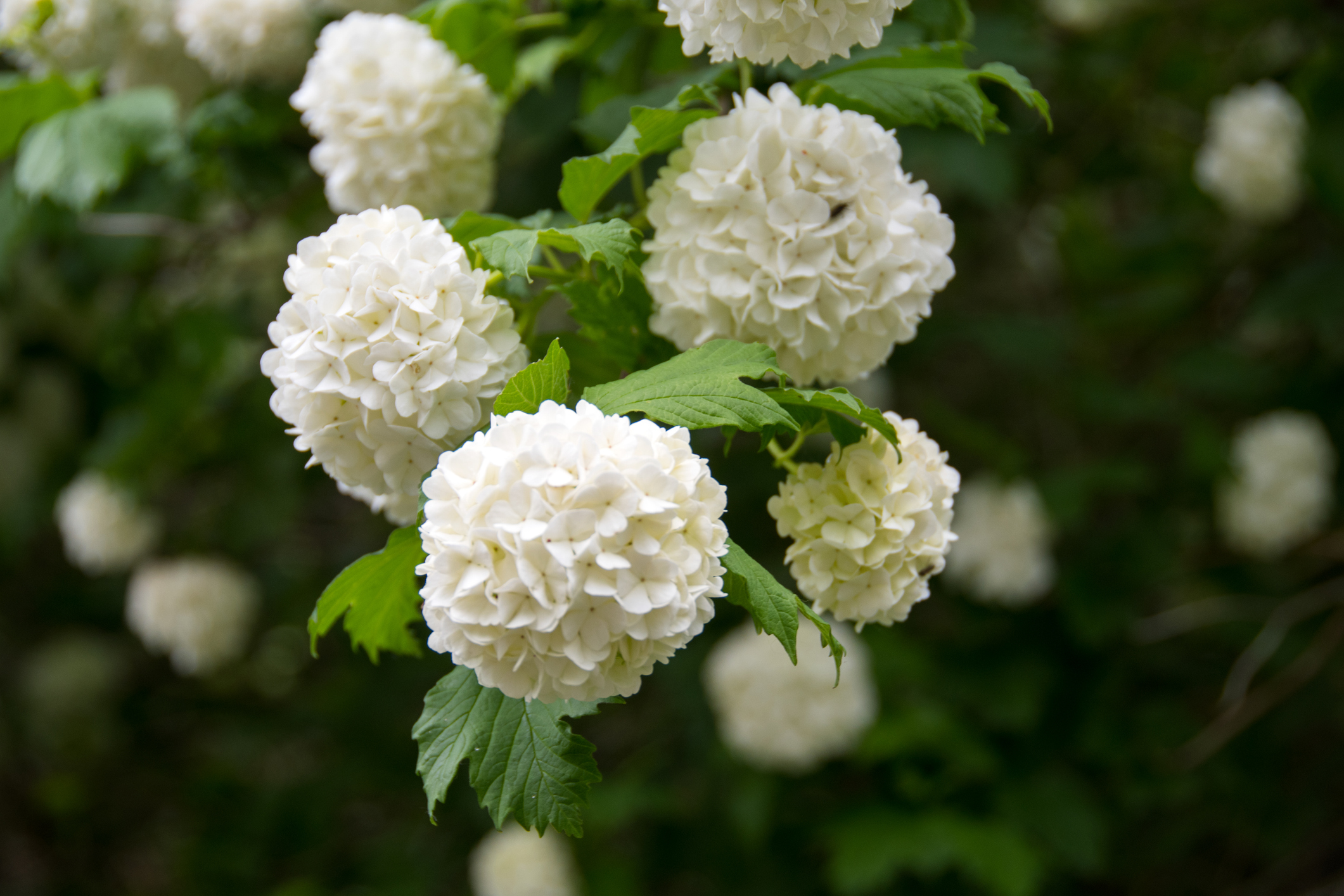
If you're worried about what your hydrangea plant is looking like right now, your first question might be "when is a hydrangea plant supposed to flower again?"
'All hydrangeas begin to leaf out with the rebirth of spring,' explains Meredith Bishop, a sustainable flower grower from Nashville, Tennessee, and founder of Bloom & Bounty. 'But to really answer the question of bloom-time, we must first determine which type of hydrangeas are growing,' she tells me.
'The most common types of hydrangeas are hydrangea arborescens, ‘Annabelle’ being the most renowned among them. These typically bloom in late spring to early summer,' she explains — so there's still plenty of time for your Annabelle hydrangea to come back to life. 'There are also hydrangea paniculata, those cone-shaped blooms that often develop into shades of green to white to pink to red. These tend to bloom on the later side of the summer. Hydrangea quercifolia is another early bloomer, and is characterized by its lobed leaves which resemble the Oak leaf (and gave them the name Oakleaf hydrangea). The last common variety is hydrangea macrophylla, commonly called ‘mop-head’ for their globe shaped blooms.'
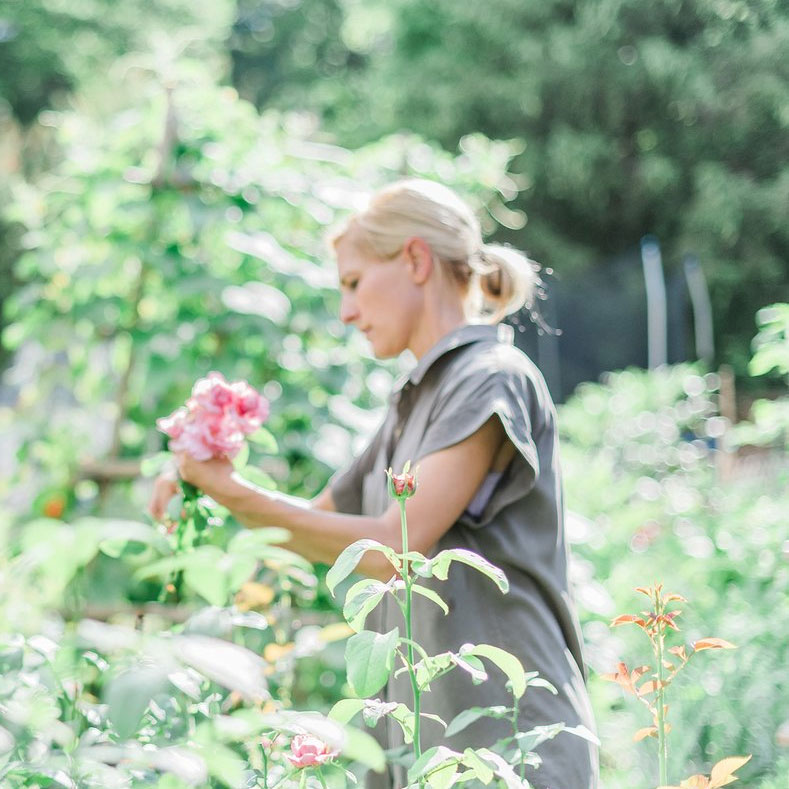
Meredith Bishop is a sustainable flower grower specializing in old-world blooms grown from seed in her gardens in urban Nashville, Tennessee. She also operates a retail design studio in Nashville, and enjoys teaching, speaking and writing about all aspects of flower gardening.
What's the best position for hydrangea?
As with all plants, position is key, but when it comes to hydrangeas it's crucial! Luckily, the clue is in their name (hydrangea). These plants love moist well-draining soils, and as Meredith explains, adjusting their position this time of year could be key.
If you've opted for container gardening for your hydrangeas you're in luck, as now is the perfect time to get them well-positioned to flourish for the year ahead.
'A happy, established hydrangea will reward you with lush blooms,' Meredith explains. 'To achieve this, first think about placement. Hopefully, the plant was planted in an area that receives bright morning light, and perhaps some dappled afternoon shade.'
If not, while hydrangeas are usually better moved during fall dormancy, you still have time to transplant hydrangeas in early spring. Just be sure to protect them from any harsh direct sunlight, as this could lead to scorched plants and dry soil.
Do hydrangeas need to be pruned?
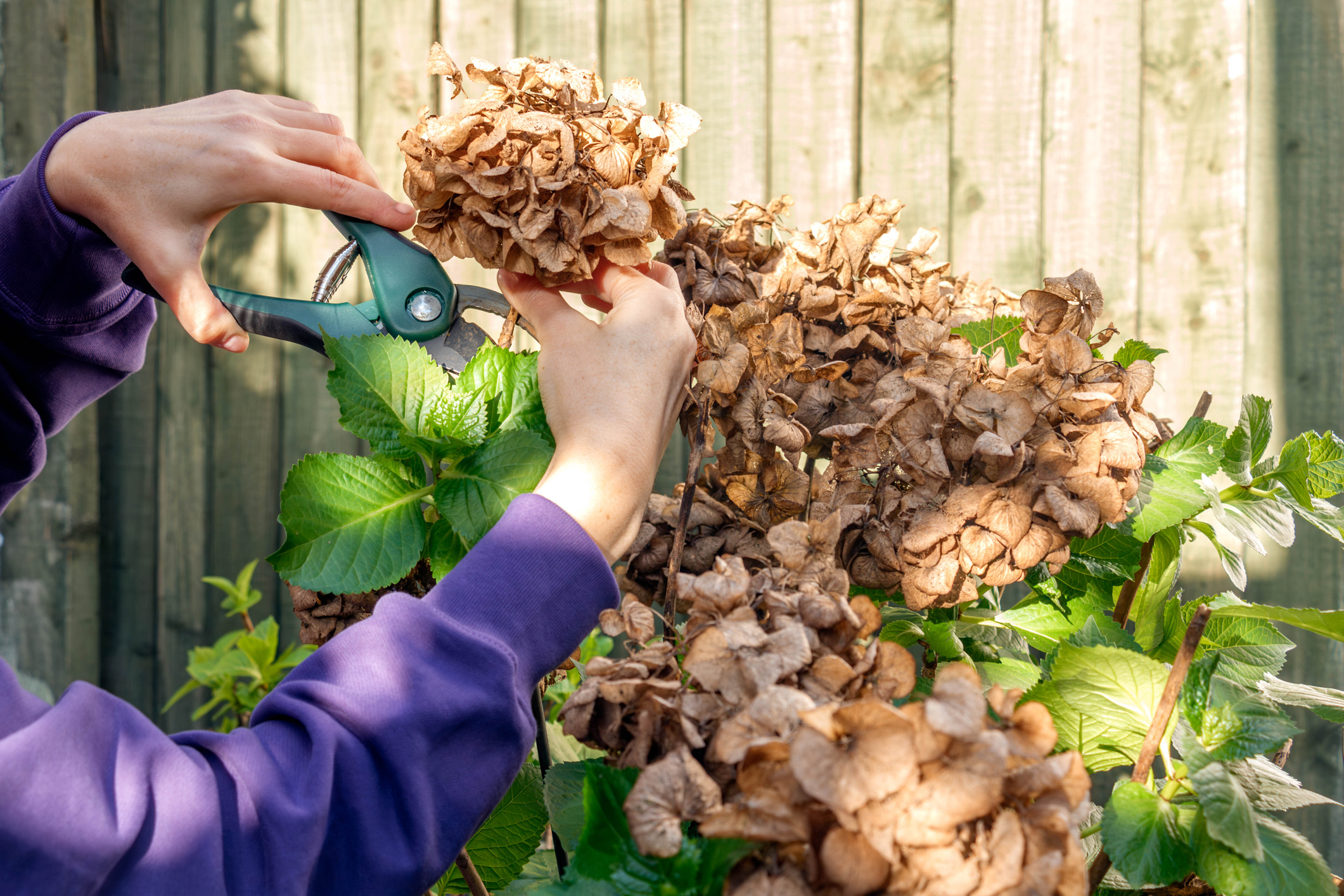
How to deadhead hydrangeas, and when to prune, is made a little bit more tricky due to some of the differences between varieties.
'This question is often where we gardeners lose people,' Meredith explains. 'Hydrangeas are beautiful perennials that are easy to care for once you know which type you’re dealing with, but, similar to bloom timing, pruning needs are dependent on the variety of plant.'
'In the hydrangea world, there are “old wood” varieties and “new wood” varieties,' the flower growing expert explains. 'This simply relates to when and where buds are formed along the branches.'
So what's the difference? 'On “old wood” plants, the buds for next year are formed at the end of the current year’s growing season on the ‘old wood’…. or existing stems. Practically, this means pruning should be done after flowering has ended in late summer or early fall, and should be done with a light hand.
'Conversely, “new wood” varieties bloom on new branches. These varieties are more forgiving when it comes to pruning time of year. Some people prefer to cut back at the end of fall so that their garden has a nice, buttoned-up look over winter. Others, however, prefer the skeletal dimension that old branches and dried blooms offer the landscape over the dormant months, thus preferring to prune in early spring. In either case, “new wood” varieties should be pruned before the first spring flush to avoid taking off new buds.'
So which plants are which? Quercifolia and macrophylla are both ‘old wood’ hydrangeas, whereas paniculata and arborescens, including the classic Annabelle variety, are both ‘new wood’ plants. Whichever you have, we’d highly recommend Japanese bypass pruning shears, like these from Amazon for clean, sharp cuts.
Do hydrangeas need fertilizer?
Not all plants need, or even enjoy, having fertilizer applied. But for hydrangeas, it can be a helpful step, especially if your soil doesn't retain water well.
Expert Meredith advises 'Hydrangeas do not need fertilizer to bloom, however, depending on your quality, amending soil is never a bad idea.
'Think about fertilizing with a balanced (such as 10-10-10) fertilizer in early spring. Any organic matter, such as compost or worm castings (like these from Amazon), will greatly increase the health of your soil, and therefore the health of your plants. Amending once to twice a year would be ideal, but is not necessary.
Just be sure to pay attention to your soil's pH when applying any fertilizers though. Many hydrangeas will change their petal colour depending on the soil's pH, so applying a fertilizer that matches your current soil pH will ensure your blooms stay the same. As a general rule, fertilizers with high potassium and low phosphorus levels will achieve a bluer flower colour, and the opposite applies for pink flowers.
Should I mulch hydrangea?
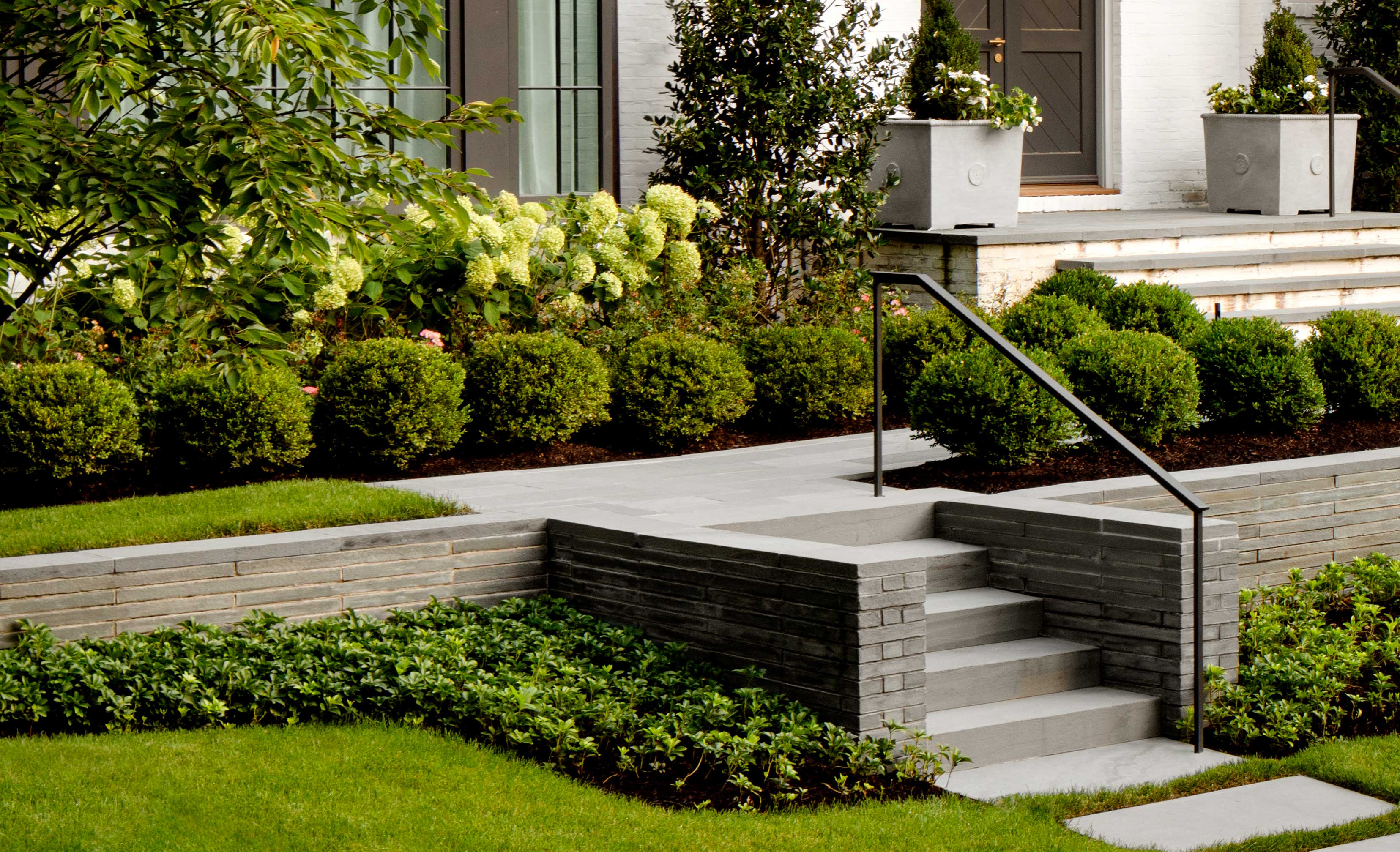
As we move into the warmer season, mulching around hydrangea plants can certainly help your plant survive higher temperatures and harsh sun.
Designed to slow down water evaporating from the soil and protect the plant's roots from extreme temperature changes, expert Melanie says your moisture-loving hydrangeas will thank you for a good layer of organic mulch this time of year.
'Reapply any disturbed or thinning mulch to keep the roots nice and moist through the hot days ahead,' Meredith explains. 'This will also help roots avoid having to compete with aggressive weeds that will leach nutrients out of the soil.'
Just avoid a common mulching mistake called "volcano" mulching. This is where mulching is piled up around the stem of the plant. It can lead to stem rot and even infestation from non-beneficial insects. Instead, stick to a good even 2-inch layer of your organic matter around the plant base.
Be The First To Know
The Livingetc newsletters are your inside source for what’s shaping interiors now - and what’s next. Discover trend forecasts, smart style ideas, and curated shopping inspiration that brings design to life. Subscribe today and stay ahead of the curve.
Matilda Bourne is a freelance homes, gardens and food writer, stylist and photographer. Known for creating and capturing content for multiple international brands, her work has been featured in The Telegraph, The Daily Mail, and Hello! magazine. When she’s not writing, you can usually find her tending to her much-loved garden and scouring thrift stores for vintage furniture.
-
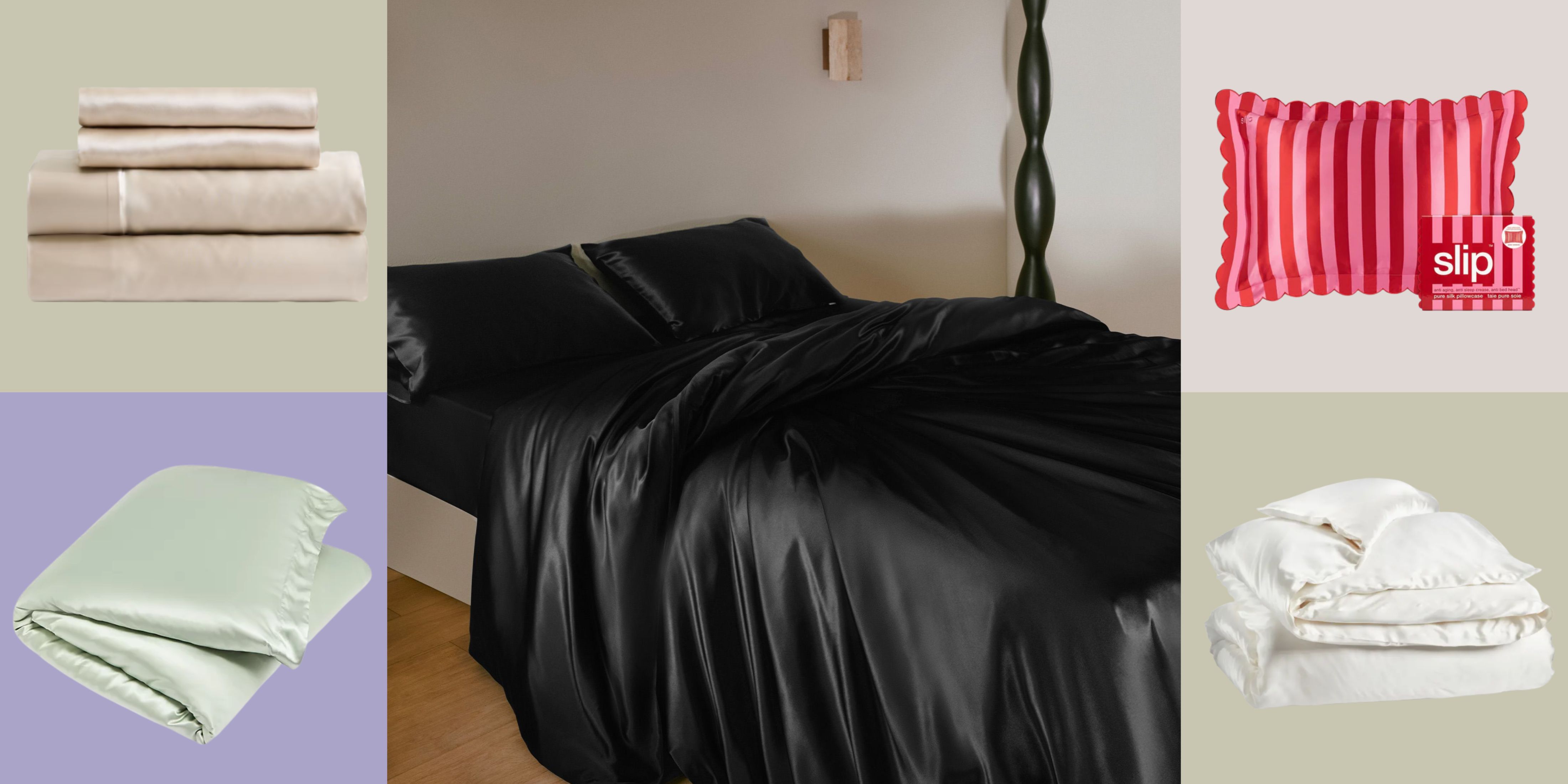 Yes, There's a Difference — And This Is the Best Silk Bedding to Prove It
Yes, There's a Difference — And This Is the Best Silk Bedding to Prove ItNo shiny imposters. This is the silk bedding worth slipping into
-
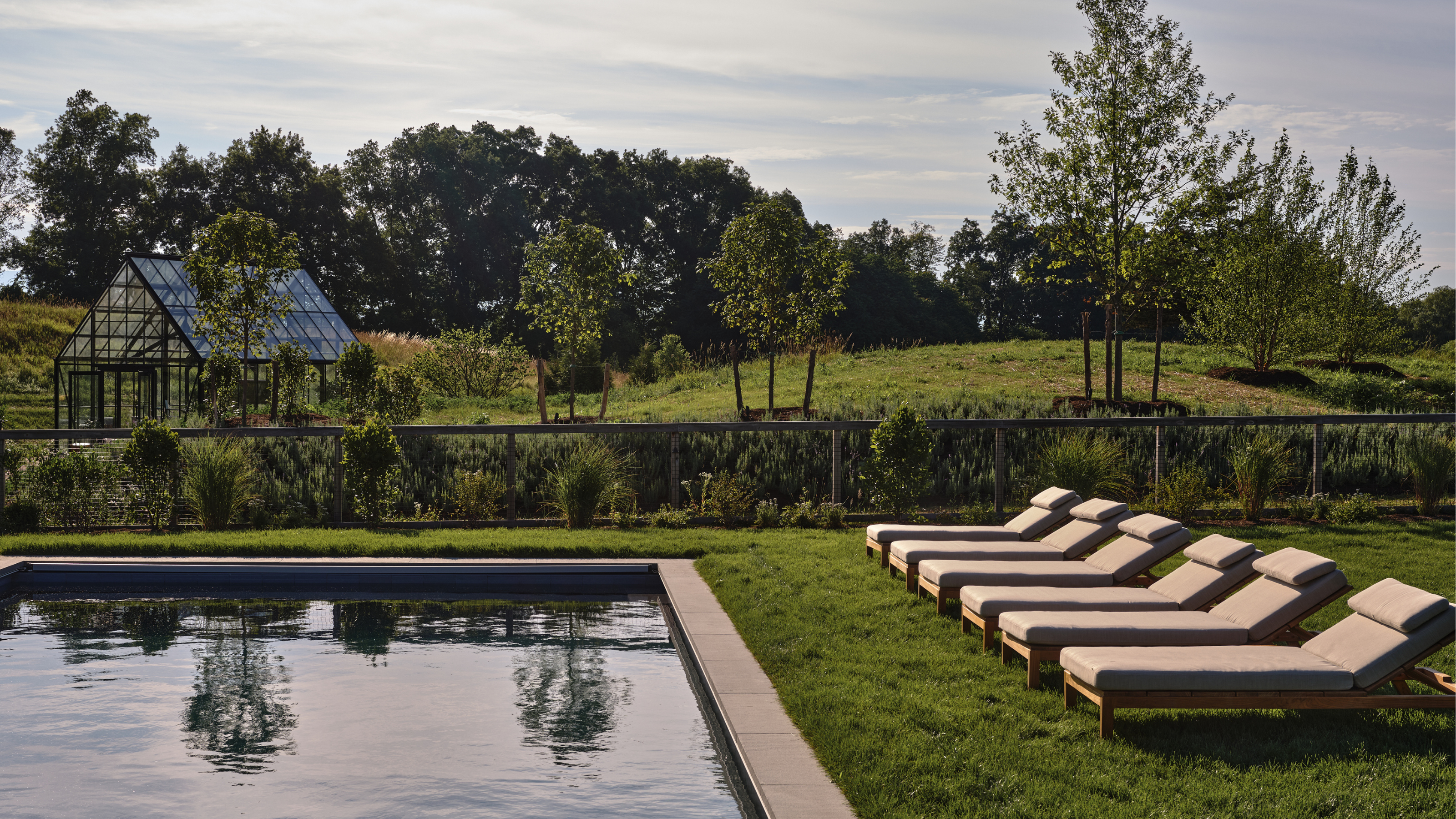 I've Been Looking for the Prettiest Pool Lounger — Here's the 3 Styles I'm Tossing Up This Season
I've Been Looking for the Prettiest Pool Lounger — Here's the 3 Styles I'm Tossing Up This SeasonThey bring the durability, the comfort, and the style. All you have to do is relax